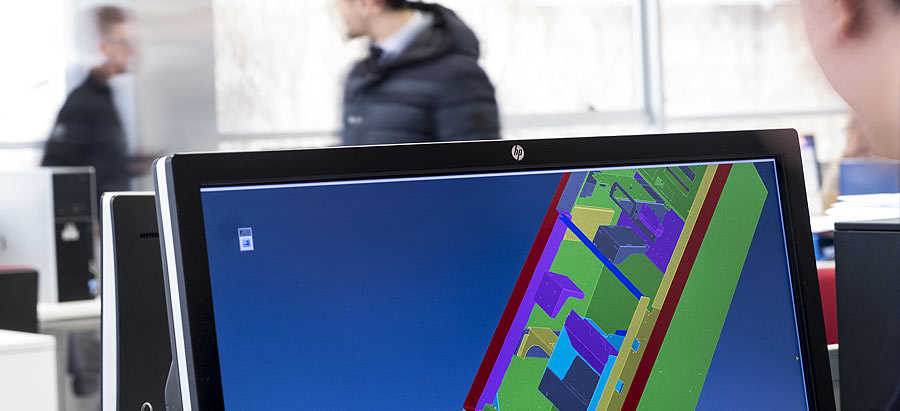Our work to integrate technological solutions into metal-mechanical sub-assemblies is divided into 8 phases. In Phase 2, we work on concept design and engineering
Definition of materials, mechanisms, aesthetics and end use
Stage 1- Concept design of the product
Setting of dimensions, costs, and creation of mockups
Stage 2- Engineering design

At SMARMEC, all phases of the production process are carried out with the utmost care in order to satisfy the requirements of our clients. We are experts in advanced boilermaking and in the integration of technological solutions for smart machines for sectors such as vending, ticketing, information points, sales automatons and electromedicine. We know from experience that it is crucial to put the maximum effort into each of the steps to offer the product that fits in best with the ideas of the client.
The design and engineering phase is divided into two stages. The first of these is the product concept design stage. The basic foundations are laid and work is carried out taking into account the client’s specifications. In this way, the materials to be used are defined, as is the concept of the mechanisms by which it is to function, its aesthetics, how the end user will use it… This is creative work that must not, however, become detached from functionality and client’s requirements.
The second stage is the industrial or engineering design. This work focuses on materialising what has been thought up and decided on in the previous stage: Dimensions and measurements are set, mockups and general plans are created, and commercial elements, manufacturing processes and costs are defined.
Both stages must be developed in parallel, so that they can feed each other back. This avoids final designs that exceed the fixed maximum cost or integrated technologies that do not fit in with the devised aesthetics.
This has already been mentioned in the previous post about Phase 1: Definition of Objectives. All phases are important, but each one contributes a key value. Just as Phase 1 is crucial for achieving the ideal business plan, Phase 2 is characterised by the establishment of the aesthetic, functional, and technological basis.
It is considered a good design when it meets the requirements and the business model, in short, when the client is satisfied. On the contrary, if in this second phase it is not possible to adjust the concept design to the objectives set, the project will have little chance of success.
Agents involved in Phase 2
Although the two stages of this phase are completely linked, the professionals involved in them perform completely different tasks. For the concept design, staff with a high degree of creativity are needed; on the other hand, for the engineering section, a robust technical basis is required.
Another important agent is the client, whose function it is to validate. The client lays down certain markers that must be met to guarantee their approval. Their function is important because, by giving the go-ahead to the design, both industrial and in concept, the need to start from scratch due to possible errors is avoided.
A successful design
Recently we have been working with RETAbet in a project in which the design and engineering phase has been crucial. We managed to come up with a successful design, combining functionality with beautiful aesthetics. The result has been rated very highly, which has opened up new business opportunities for our client.